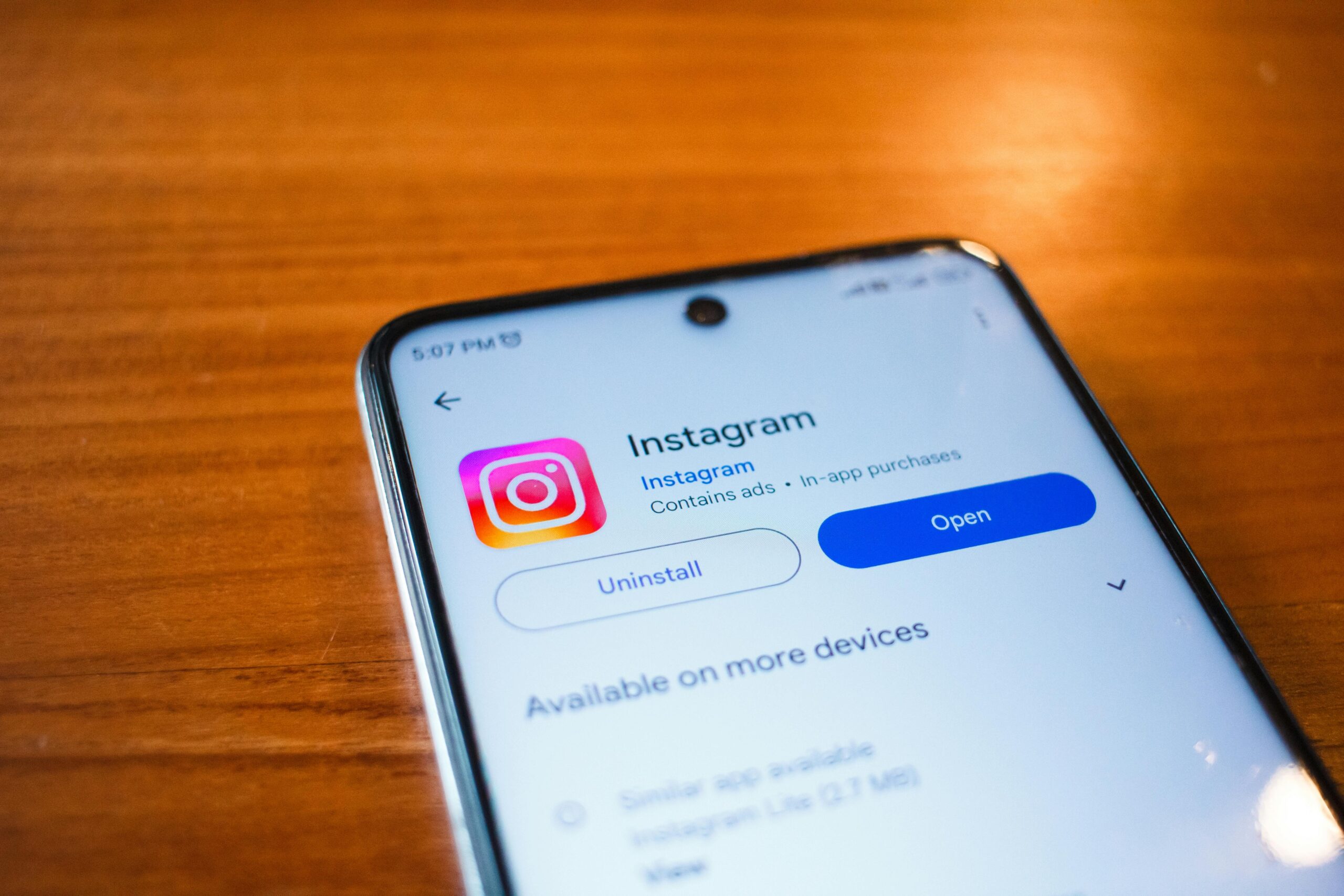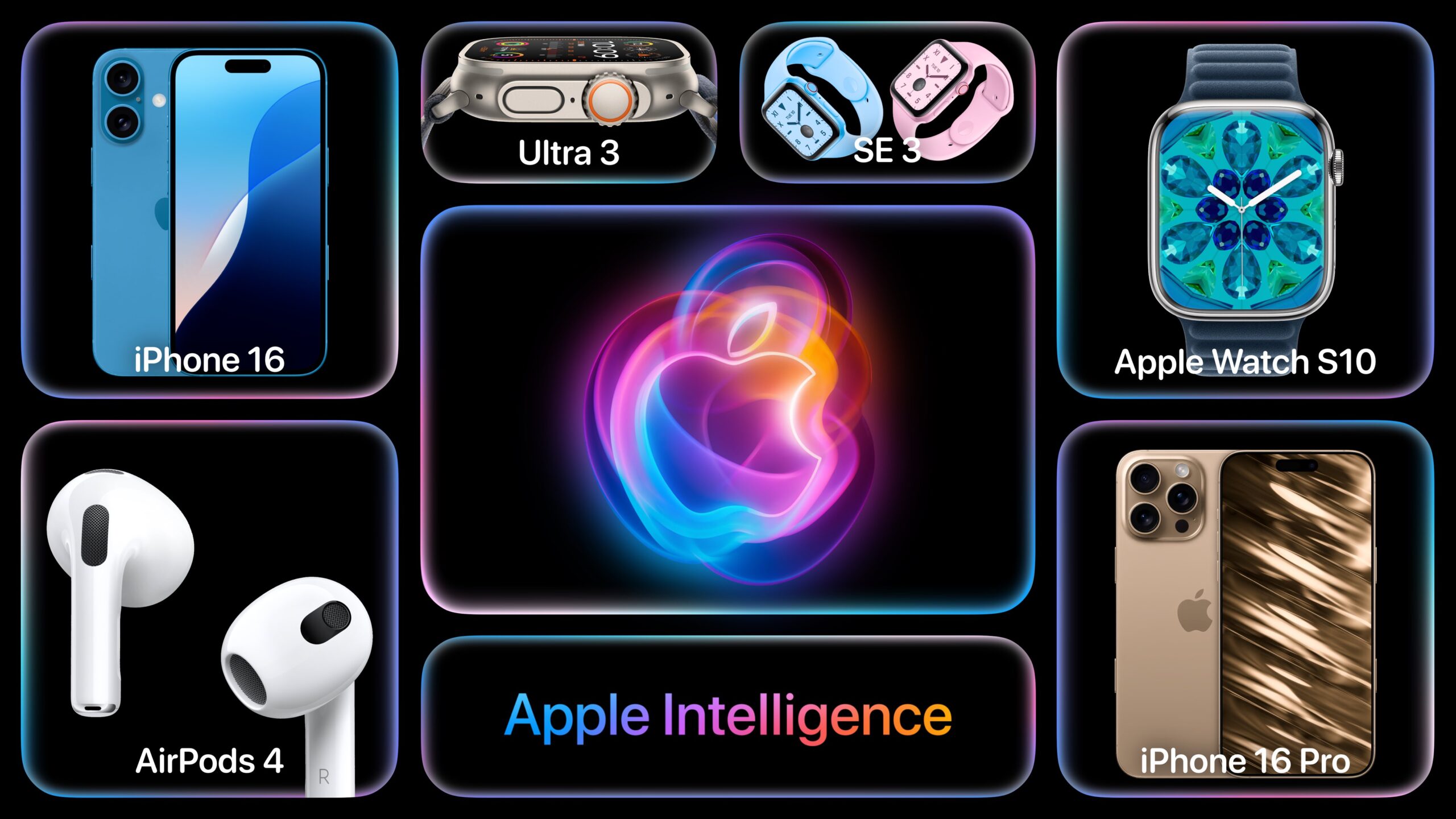Apple unveiled several new products and updates at its iPhone 16 launch event in Cupertino, showcasing the iPhone 16 lineup, Apple Watch Series 10, and AirPods 4, alongside software enhancements such as iOS 18.
As expected, the iPhone 16 models took center stage, showcasing incremental upgrades from last year’s designs. The company also introduced new features for its wearables, AirPods, and even detailed hearing aid functionalities for the second-generation AirPods Pro.
In addition, the event offered a deeper look at Apple’s latest mobile chipsets and previewed the upcoming release of iOS 18, which integrates Apple Intelligence into the user experience.
Here’s a detailed breakdown of everything announced.
iPhone 16 and iPhone 16 Plus
Apple launched the iPhone 16 and iPhone 16 Plus, the latest iterations of its smartphone lineup. The iPhone 16 features a 6.1-inch display, while the iPhone 16 Plus boasts a 6.7-inch screen. Both models support water- and dust-resistance and come in three new colors: ultramarine, teal, and pink. The displays offer up to 2,000 nits of brightness and can dim to as low as 1 nit in dark environments. Both models are powered by Apple’s new A18 chip, which includes a 16-core neural engine optimized for AI-driven tasks. The internal setup also features a 6-core CPU and a 5-core GPU, designed to handle the demands of new features in iOS 18.
A key addition to the iPhone 16 lineup is the customizable Action button, previously seen only on Pro models. This button allows users to tailor its function to specific tasks, enhancing accessibility. Another notable change is a new camera control feature that enables users to swipe their fingers to control the camera quickly.
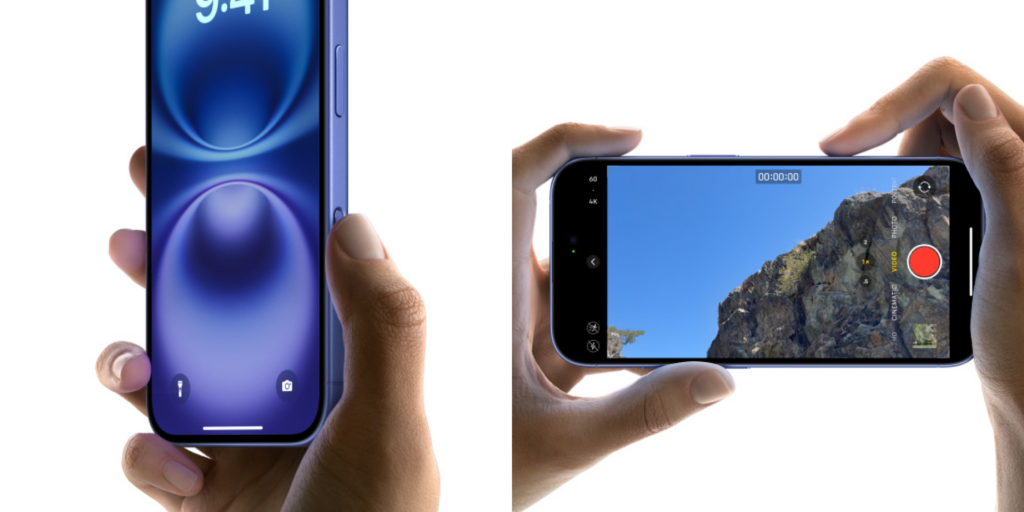


The iPhone 16 and 16 Plus are equipped with a 48MP main Fusion camera, a 12MP telephoto lens, and a new ultrawide lens with autofocus. Apple has introduced “Visual Intelligence,” an AI-powered feature in iOS 18, which allows the camera to analyze objects in real-time. For example, if users point their camera at a flyer, Visual Intelligence can add the event date to their calendar. Another new feature, Spatial Photos, will capture images that can be viewed on Apple’s Vision Pro headset.
According to Apple, the iPhone 16 and 16 Plus also have larger batteries than their predecessors. Although Apple did not provide specific battery life estimates, the combination of the A18 chip’s efficiency and iOS 18 improvements should contribute to longer usage between charges. Both models support Qi2 wireless charging and come with new MagSafe cases designed to accommodate the new camera control button.
Pre-orders for the iPhone 16 and 16 Plus begin today at $799 and $899, respectively, with availability starting on September 20.
iPhone 16 Pro and iPhone 16 Pro Max
The iPhone 16 Pro and iPhone 16 Pro Max were also unveiled, boasting a 6.3-inch and 6.9-inch ProMotion, always-on displays, respectively. Apple has designed these models with Grade 5 Titanium, which is lighter than stainless steel.
The iPhone 16 Pro series will be available in four new colors: black, white, natural, and desert (a dusty gold shade). Both Pro models run on the A18 Pro chipset, which features 3nm transistors, delivering improved performance and efficiency compared to the A18 chip found in the standard models.
Apple has enhanced the camera system for the iPhone 16 Pro series. Both the iPhone 16 Pro and Pro Max feature a 48MP Fusion main camera, a 48MP ultrawide camera, and a 12MP telephoto lens. The main camera can now capture 4K video at 120fps and slow-motion recordings. The new camera control button is included in these models, providing easier access to capture and editing tools.
The Pro models also feature four studio-quality microphones for improved audio capture and support Spatial Audio recording. Like the iPhone 16 and 16 Plus, the Pro models are compatible with Qi2 wireless charging and the newly designed MagSafe charging cases.
Pre-orders for the iPhone 16 Pro and Pro Max start on September 13 at $999 and $1,199, respectively, with availability starting on September 20.
AirPods 4
The AirPods 4 were also launched, with a more ergonomic shape design intended to fit a wider range of ear types. Powered by the H2 chip, AirPods 4 offers improved audio quality and supports features like Personalized Spatial Audio. The charging case now includes a USB-C port and is the smallest AirPods case to date.
Two versions of the AirPods 4 are available: a standard model priced at $129 and a version with active noise cancellation (ANC) and Transparency mode for $179. The ANC model also includes Conversation Awareness, a feature that reduces media volume when it detects the user speaking.
Both models are available for pre-order today and will be widely available on September 20.
AirPods Max New Colors
Apple also updated the AirPods Max, offering new color options: midnight, blue, purple, orange, and starlight. While the hardware remains unchanged, the new models now support USB-C charging. The updated AirPods Max are priced at $549, with pre-orders starting today.
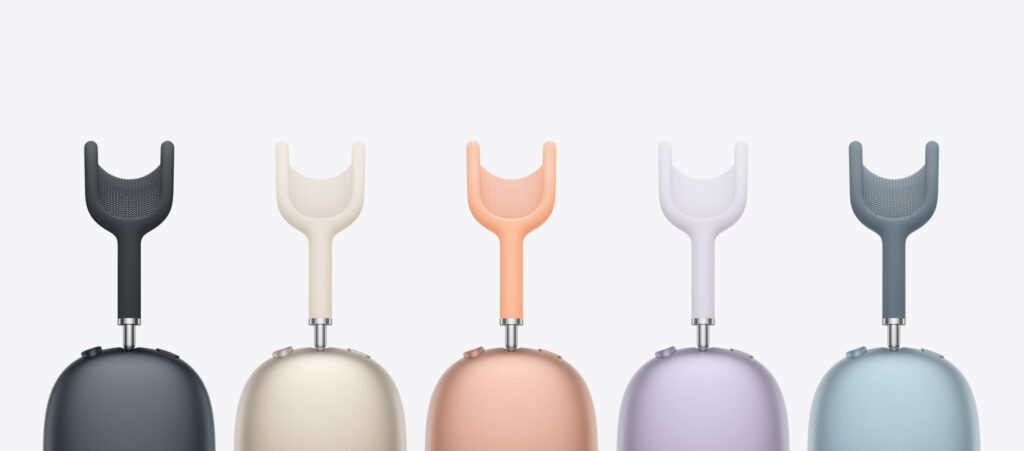


AirPods Pro New Hearing Aid Features
In addition to the AirPods 4, Apple introduced new features for the second-generation AirPods Pro designed to address hearing health. A new “Hearing Protection” feature will be enabled by default, allowing users to monitor their hearing and prevent hearing loss.



The AirPods Pro will also offer a clinically-validated hearing test, which can identify early signs of hearing loss. Moreover, Apple is adding a clinical-grade hearing aid feature to the AirPods Pro, working in conjunction with users’ hearing profiles.
Apple Watch Series 10
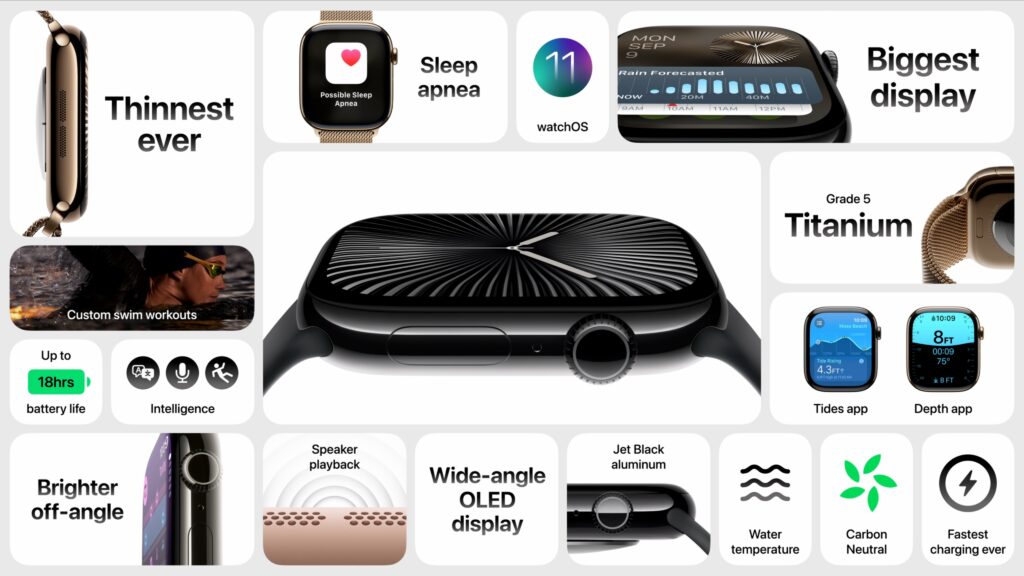


Apple introduced the Apple Watch Series 10, marking a major update from last year’s Series 9. The Series 10 features the largest display ever on an Apple Watch, with a wide-angle OLED screen that is slightly larger than the display on the Apple Watch Ultra. The design is thinner, with more rounded corners and a wider aspect ratio. Apple claims the display is 40 percent brighter when viewed at an angle, and it will show a ticking second hand even when the watch is in sleep mode.
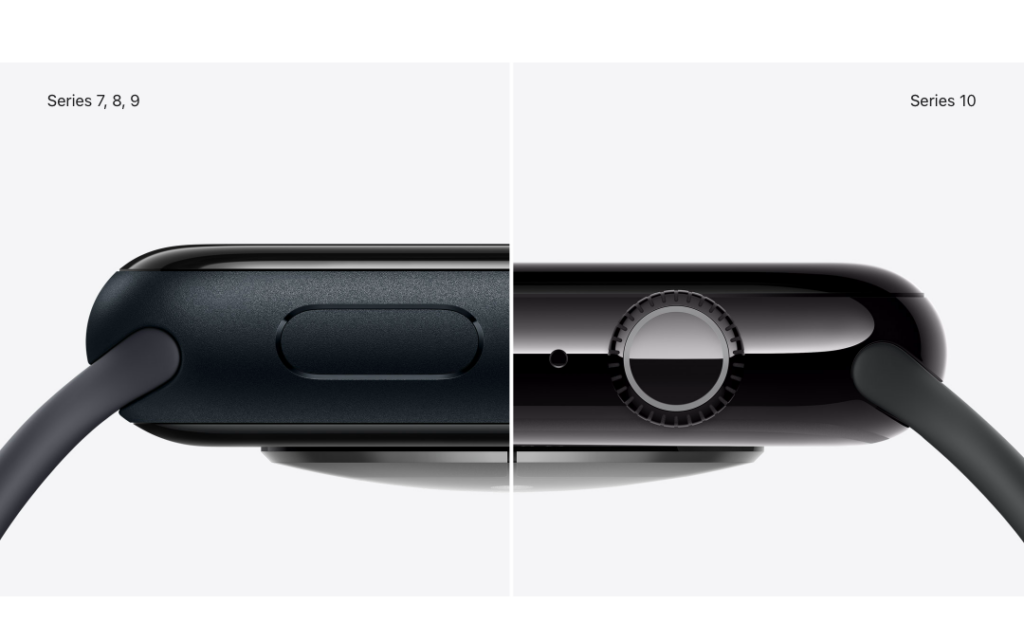


Powered by the new S10 SiP chip, the Series 10 focuses on performance and efficiency. One feature of “Apple Intelligence” is the new Photos watch face, which automatically curates the best images from a user’s photo library.
In terms of health features, Apple is rolling out sleep apnea detection with the Series 10, pending FDA approval. The feature is expected to be available in over 150 countries once released. Additional activity features include scuba tracking and support for the new Tides app in watchOS 11.
The Series 10 is available in a new polished, jet-black aluminum finish, with pre-orders available today and wide availability on September 20.
Apple Watch Ultra 2 New Finish
Although Apple did not release a new generation of the Apple Watch Ultra, it introduced a new satin black finish for the Apple Watch Ultra 2. There are also new Hermes finishes and a Milanese band to complement the new finish.
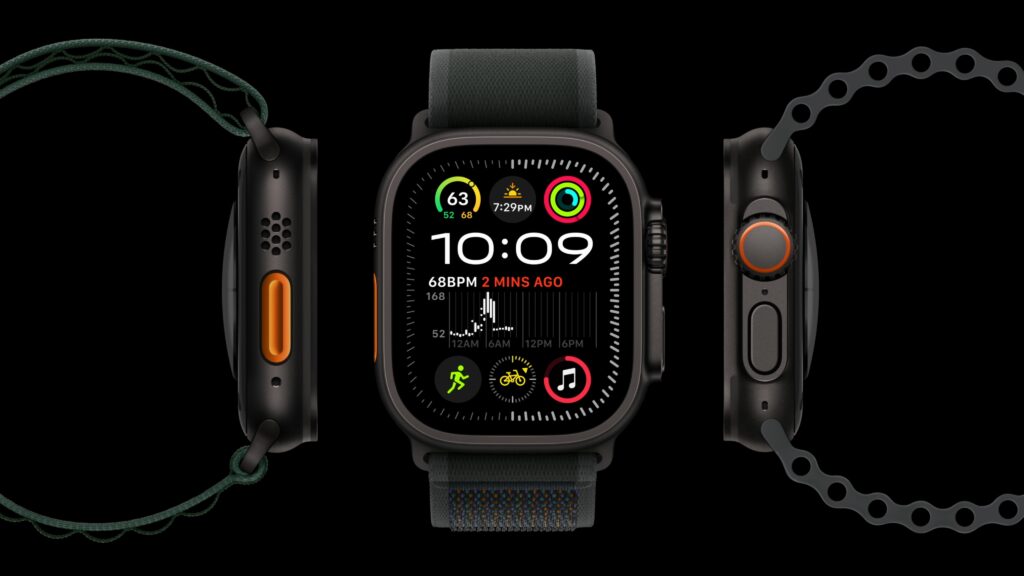


Voice Memos with Background Music
Apple announced a new feature for the Voice Memos app that allows users to record voice tracks over pre-recorded music or instrumentals. The app plays the music track through the iPhone’s speakers while recording a new track. Once the recording is completed, Apple uses advanced processing to isolate the new track from the background music, offering seamless layering.
iOS 18 and Apple Intelligence



iOS 18 was highlighted during the event, with Apple Intelligence as the key feature. The update focuses on integrating AI capabilities, like Visual Intelligence, across devices. iOS 18 is expected to roll out later this month, with improvements in personalization, efficiency, and generative model capabilities.
macOS Sequoia Launch
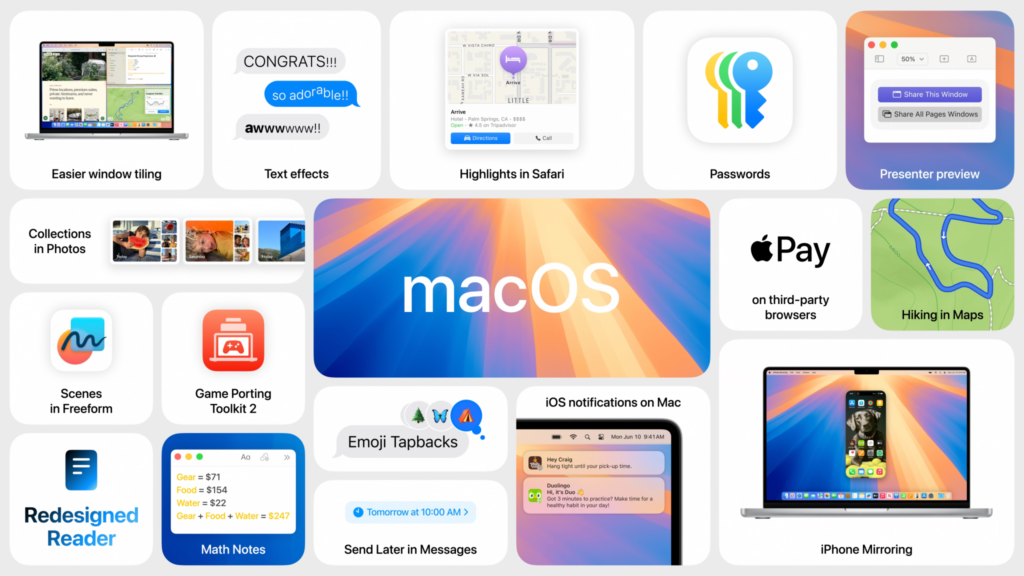


Finally, Apple announced that macOS Sequoia, first revealed at WWDC 2024, will launch on September 16. The new macOS includes a series of updates that integrate Apple Intelligence features across the platform, with a focus on efficiency and personalization.





